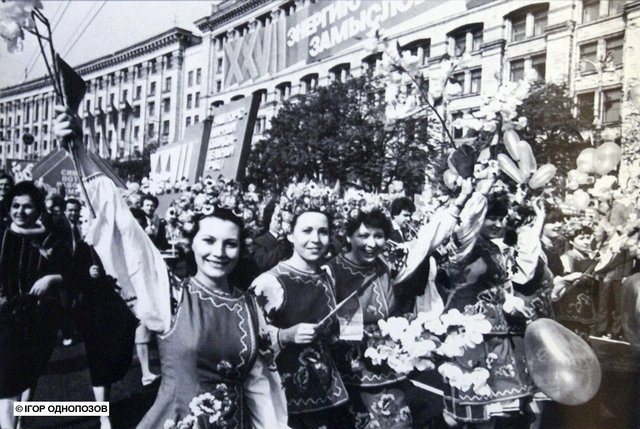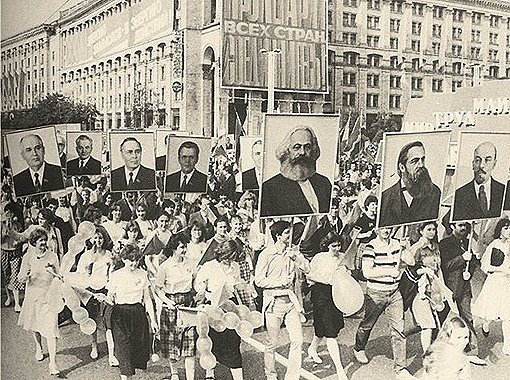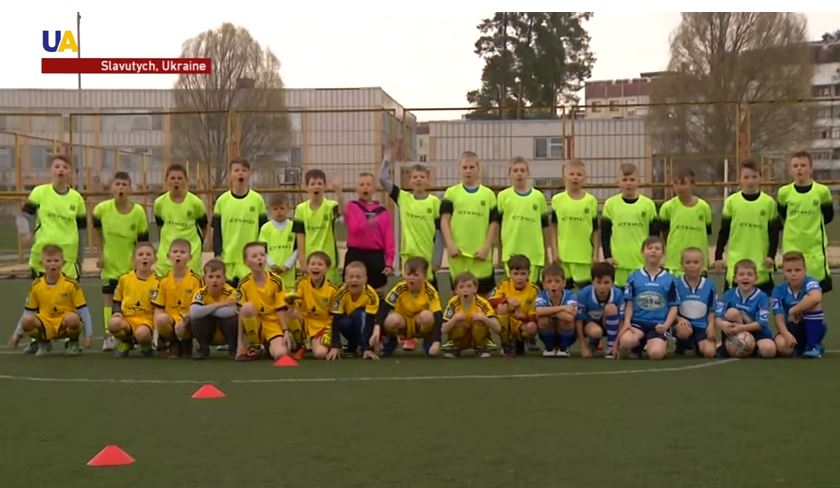Declassified KGB documents reveal that the Chornobyl catastrophe was no accident: it was a tragedy, years in the making.
According to Andriy Kohut, the entire procedure was handled by the Office of State Archives. They initiated the move and contacted UNESCO after having gone through the documents, selecting the most important ones. These are the KGB documents that kept track of the daily operations and performance at the nuclear power plant, including any problems and malfunctions that may have occurred as well as the explosion itself and the liquidation of its consequences.
The collection of official papers includes documents from the Department of the Security Service of Ukraine, documents from the Central State Archive of Supreme Bodies of Power and Government of Ukraine
, documents of the Central State Archive of Public Organizations of Ukraine, the Central State CinePhotoPhono Archives of Ukraine as well as documents from a number of state regional archives.
"The explosion took place on 26 April 1986, in the 4th unit of Chornobyl NPP, and affected numerous countries. The archives related to the accident, created in the Soviet Union and now declassified by Ukraine, are crucial for the understanding of its nature and its socio-political impact. The archive covers many aspects of the Chornobyl NPP such as its building and development, the accident’s initial handling and the aftermath. The collection is housed in the State Archives of Ukraine and is made available to the public," reads the collection's summaryon the page of the UNESCO's Memory of the World Registry.
The documents were selected on the basis of their content and how thorough the descriptions are. The first document, dated 1973, is a staff report listing the violations of the building codes during the construction of the Chornobyl Nuclear Power Plant. What is extremely important, the documents reveal the carelessness and disregard for safety the communist regime displayed not only in green-lighting the substandard project but in the construction of the plant, too. It could be argued that the explosion had been preset because of the shoddy work and devil-may-care attitude.
A number of malfunctions and violations had been recorded before 1986
The design itself was problematic. It was one of the first nuclear power plants where the skeleton of the reactor was not molded entirely from concrete. As well, the concrete used was of inferior quality, not the required brand. The pouring of the concrete was not up to specs, either; there were cracks and gaps between the blocks. This is what led to the collapse of the covering. This information is in the reports which the KGB wrote primarily for the Central Committee of the Communist Party.
"The Chornobyl NPP disaster was, unfortunately, programmed long before 1986," says Andrii Kohut.
Another batch of documents deals with the explosion itself. There is a wide range of documents reflecting the information the KGB had submitted to the leaders of the country, for example, that
high doses of radiation had been discovered on a vehicle near Kyiv and on the costumes of the children who had participated in the May Day parade (pictured below).
The fact that the KGB had informed the regime about the circumstances even before the first of May shows that the leadership was well aware of what had happened and about the danger it posed to the public. At the same time, the leadership decided to delay the decision to evacuate and proceeded not only with the May Day public demonstration, but with other public events, as well. Displaying the strength of the regime, showing that “communism is always with us” and ignoring the people had always been a priority for the party.
The third batch of documents has to do with the consequences of the Chornobyl disaster and how they were handled, as well as what measures the regime was willing to take to minimize the rumors that were spreading among the citizens; how the regime obstructed the dissemination of the truth about what had happened.

In total, the special operation involved 8 retired KGB operatives and 19 members of a KGB special unit, including 7 sources "who worked over the attacking tactic of the conversations with the correspondent." Scan: avr.org.ua
There is a hope that in filing with UNESCO the documents pertaining to the Chornobyl disaster, the truth about the it will be more widely disseminated, and the perception of what happened will change. To this day, the Chornobyl explosion is the largest man-made disaster in the world, and these documents expose what actually happened, why it happened, and who is responsible. They make clear that rather than it being a natural disaster, the flawed design, poor workmanship, and the communist system itself could be blamed for the disaster.
The collection of the 32 declassified documents on the Chornobyl NPP disaster can be accessed on the website of the E-Archive of the Ukrainian Liberation Movement. Unfortunately, only the Russian-language originals are available as of now.
Read more:
- Chornobyl destroyed the Soviet Union
- Ukraine now responsible for further plan on Chornobyl – EBRD chief
- Meet the Ukrainians who returned to live in Chornobyl
- Ukrainian banks, enterprises, media and energy companies under powerful cyber attack, including Chornobyl NPP
- Rare animal and bird species return to Chornobyl after 30 years of abandonment
- Chornobyl Exclusion Zone to be Home to Safe Solar Power
- Slavutych: the town born from the Chornobyl nuclear disaster
- Chornobyl: the secret tragedy which led to the collapse of the Soviet Union
- The Chornobyl Dictionary: Too Hot to Hide
- Nature takes over Ukraine’s Chornobyl exclusion zone









